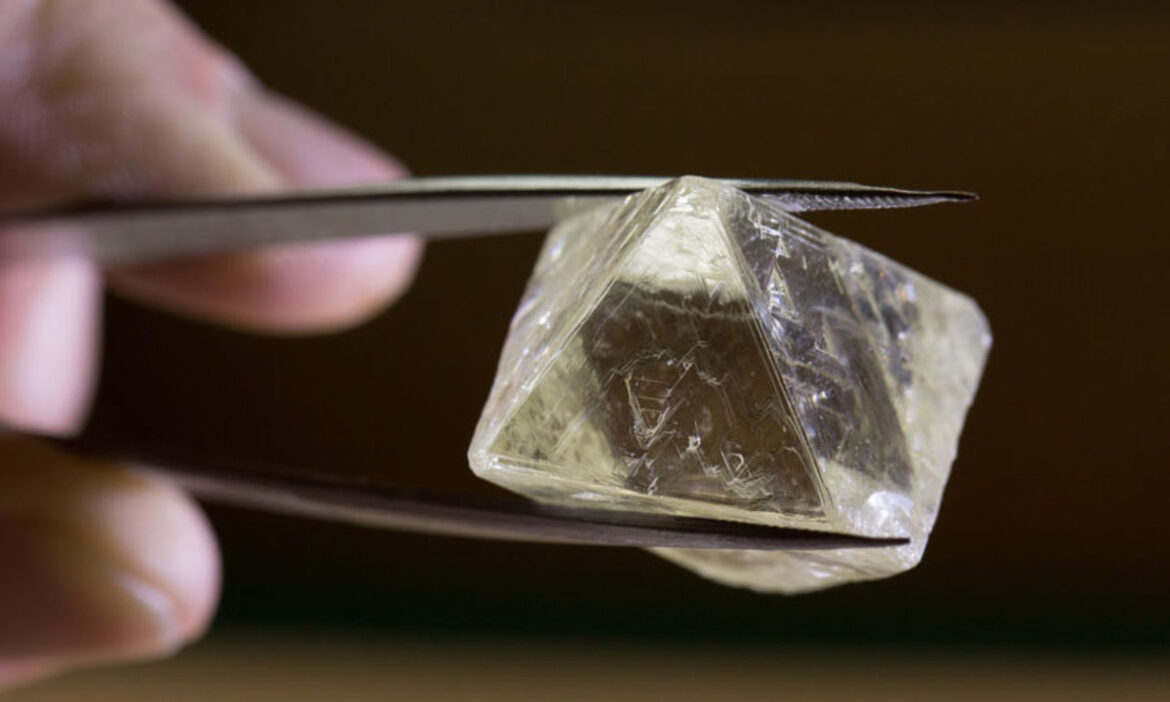De Beers has quietly begun selling rough diamonds at steep discounts to a select group of buyers — a rare and contentious move that is stirring tensions within an industry already grappling with sluggish demand and mounting uncertainty.
In a departure from its traditional pricing model, the diamond giant has been offering discounts of 10% to 20% through confidential side deals, aimed at offloading growing inventories without making public price cuts.
These covert sales, reported by sources familiar with the matter, contrast with De Beers’ usual approach of holding 10 fixed-price sales annually in Botswana for about 70 registered clients, known as “sightholders.”
The selective nature of these discounted deals has frustrated other long-term buyers, who continue to pay the company’s official rates at regular sales events.
This dual pricing strategy underscores the delicate balance De Beers is trying to strike: easing pressure from parent company Anglo American to increase revenues, while avoiding broad price reductions that could undermine confidence across the global diamond market.
The strategy comes at a critical juncture. After a prolonged downturn that saw prices plummet, the diamond sector is only beginning to show signs of recovery. However, De Beers is under mounting pressure from Anglo American — which has announced plans to divest the diamond unit as part of its wider corporate overhaul — to trim costs and stop accumulating unsold stock.
In a sign of tightening operations, De Beers recently shut down its Lightbox lab-grown diamond business.
De Beers declined to comment on the discounted deals.
Known for its dominant role in the rough diamond supply chain, De Beers typically dictates pricing and supply volumes at its sales events.
Buyers, while not obligated to purchase, risk jeopardizing their future allocations if they refuse.
This system gives De Beers significant market power, and any official price cut by the company could send shockwaves through the industry.
With market sentiment still fragile, De Beers has resisted making across-the-board reductions. However, its official prices now appear significantly out of step with prevailing valuations, prompting some buyers to walk away or stop attending sales altogether.
Adding to the unease, De Beers recently informed clients that it plans to reduce the number of sightholders in 2026 — a move that has sparked further uncertainty among buyers, particularly those excluded from the discounted deals.
Some are concerned about losing competitive advantage, especially as rivals with access to lower-priced stones could offer better prices to retailers.
Meanwhile, the global diamond trade faces fresh headwinds from U.S. tariffs. Although the United States is the world’s largest market for polished diamonds, it does not produce its own rough stones.
Most diamonds pass through India’s vast cutting and polishing sector before being shipped to American retailers.
Currently, all U.S. diamond imports are subject to a 10% tariff, with the possibility of further levies once a temporary reprieve expires.
To mitigate the impact, traders have rushed shipments into the U.S. ahead of deadlines. However, fears persist that rising prices could dampen consumer demand.
With companies in India already cautious about building up inventory that may be difficult to sell, the industry is urgently lobbying for tariff exemptions.
As the crisis deepens, De Beers’ decision to selectively cut prices behind closed doors highlights both the fragility of the market and the complexity of managing long-held pricing traditions in a rapidly changing global trade environment.
![]()




